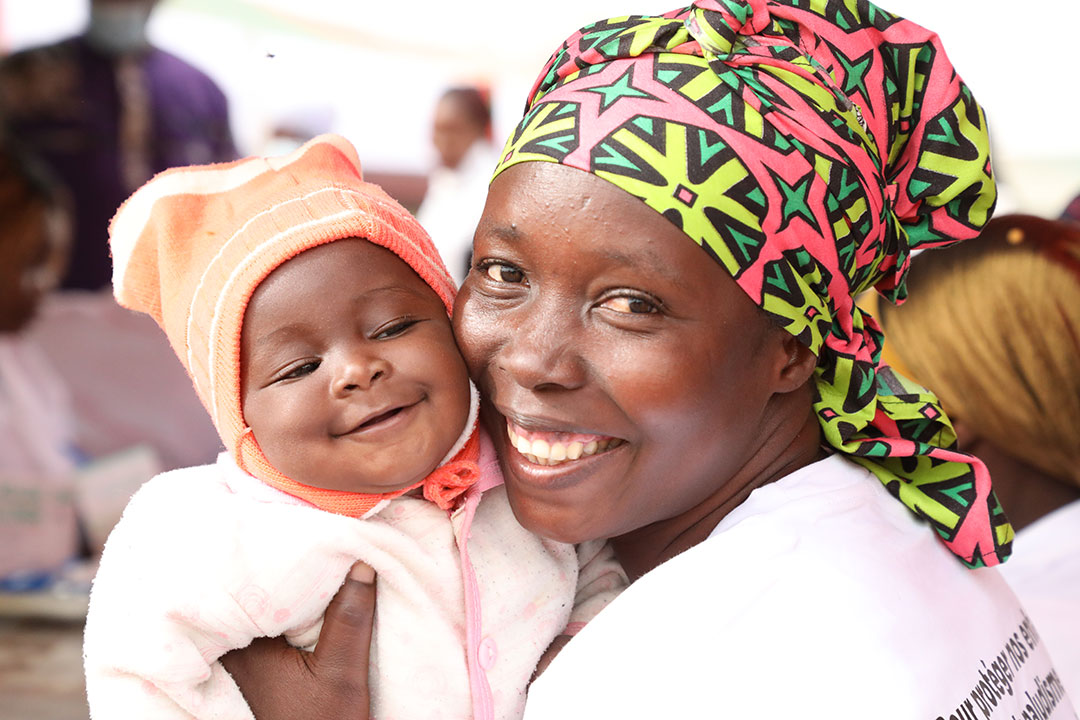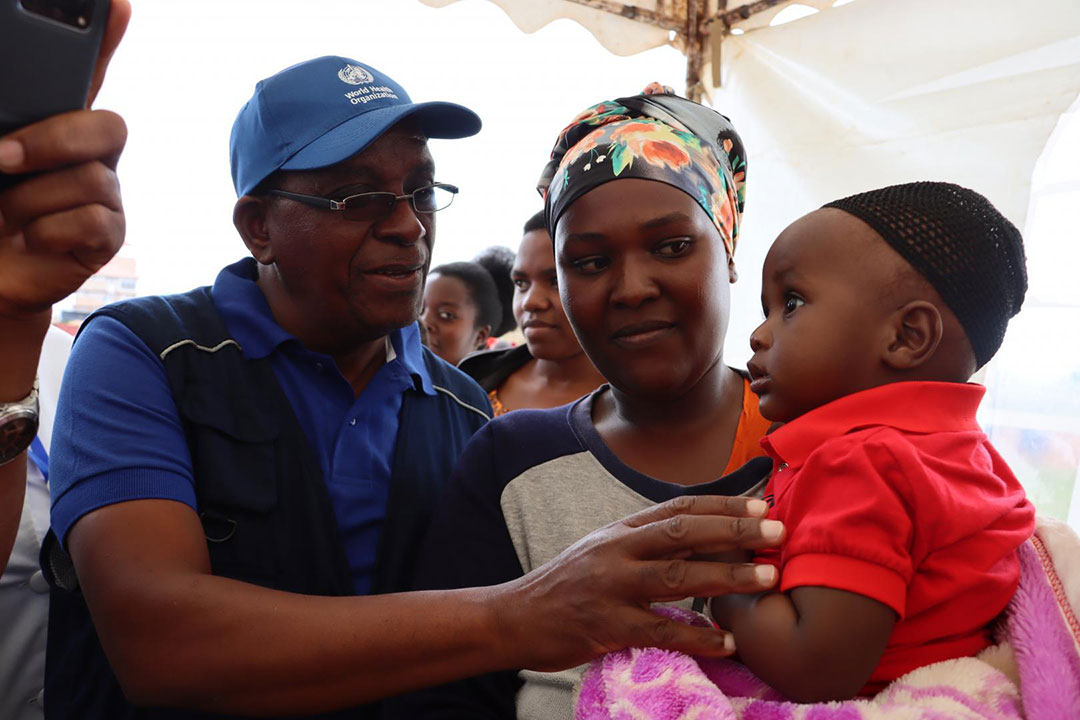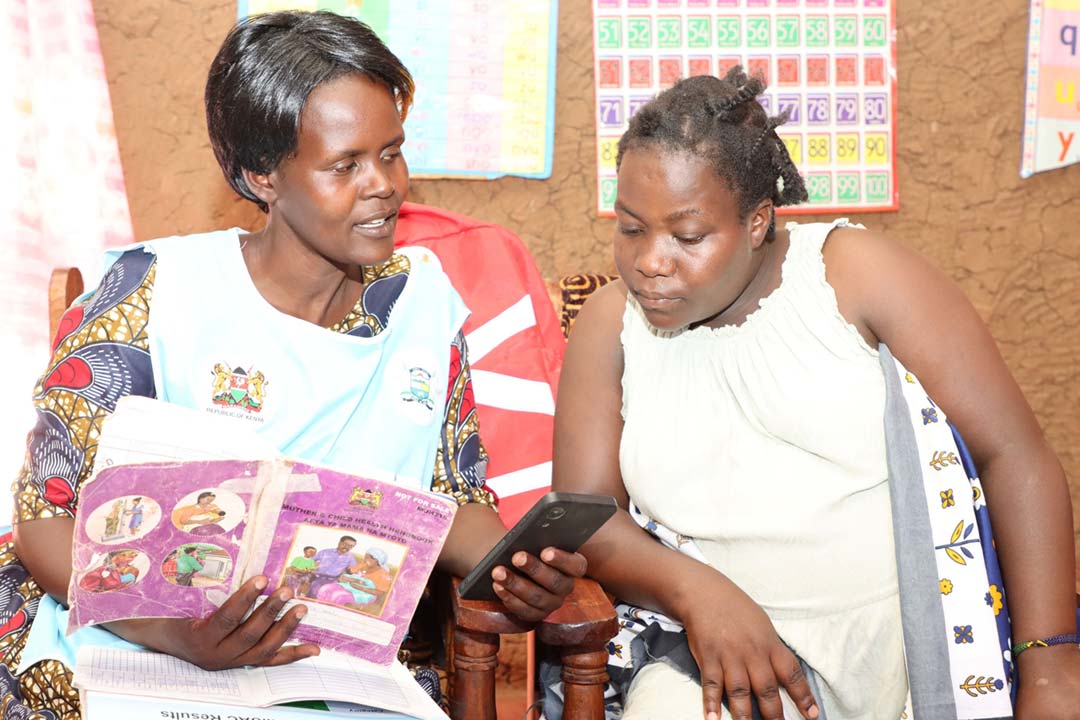Projected impact of climate change to inform which new vaccines receive Gavi support
For the first time in 2024, climate change risk will rank among the criteria informing Gavi’s Vaccine Investment Strategy (VIS). Here’s what that means.
- 1 December 2023
- 4 min read
- by Gavi Staff

In a vital new development, the impact of climate change is being weighed as part of the assessment process that determines which vaccines will join the Gavi portfolio in coming years.
As the world hurtles down the tracks towards what UN Secretary General António Guterres has called a "hellish" future amid 3°C of global heating, climate change is already a major force shaping health risks. Evidence continues to mount that many infectious diseases, particularly vector-borne and diarrhoeal illnesses, are spreading further and faster than before.
“There’s growing recognition of the role and influence of climate change on infectious diseases – and concurrently, a sense of urgency in enhancing our preparedness for climate-influenced vaccine-preventable diseases.”
– Maya Malarski, Senior Manager on Gavi’s policy team
"There's growing recognition of the role and influence of climate change on infectious diseases – and concurrently, a sense of urgency in enhancing our preparedness for climate-influenced vaccine-preventable diseases," said Maya Malarski, a Senior Manager on Gavi's policy team leading on the Climate Criteria in the VIS.
"Including climate impacts in our decision-making is an important signal that these need to be better understood. We hope it will encourage better surveillance of climate-sensitive diseases such as dengue and shigella in LMICs, and that the full value of vaccines is recognised."
A big decision: the VIS
One of the most impactful forecasting and decision-making processes in global health, Gavi's five-yearly Vaccine Investment Strategy (VIS) is an eighteen-month-long, rigorous and ranging reckoning with the global vaccine landscape, weighing real and anticipated risk alongside real and anticipated opportunity.
Each cycle concludes with a Gavi Board decision: a final and inevitably brief list of the new or under-used vaccines that will receive Gavi backing to roll out in lower-income countries in the next period.
Successive VIS processes have seen Gavi's portfolio expand significantly. Where, in 2000, Gavi-supported jabs helped prevent four different diseases, in 2022, the Alliance's arsenal was equipped to fend off no fewer than 19.
Those vaccines have been deployed at great scale, and have made a generation of children safer. In June 2023, the alliance announced it had reached more than a billion unique children, enabling some six billion vaccinations in its 23-year life. Gavi is on track to help prevent seven to eight million deaths in the 2021–2025 period alone.
The colossal reach of Gavi's work means that the addition of a new vaccine to the portfolio will not only give that vaccine the opportunity to save many, many more lives, but will also create impactful ripples. A VIS decision has the potential to shape a much broader health ecosystem – from research agendas to vaccine manufacturing to public health policy and beyond.
Considering climate
So, how exactly is climate playing into VIS assessments?
The Gavi board makes the final call, but that call is based on recommendations from the Gavi Programme and Policy Committee, which profits from the informed guidance of the VIS Steering Committee, a body of 20 independent experts.
That means that a diverse bunch of analytical minds drive the VIS process – and they make use of a wide range of information, including quantitative and qualitative research, mathematical modelling and expert opinions to forecast impact.
Have you read?
The analytical process is channelled towards decision-point via two evaluation frameworks: one for epidemic diseases, and one for endemic disease.
The endemic disease framework for 2024 includes climate change risks and mitigation as modulating criteria, secondary to the ranking criteria – like health impact, value for money, and equity and social protection impact – which dominantly shape the VIS shortlist.
Listening and learning
Climate and health research is – necessarily – a growing area. Right now, there isn't a whole lot of the kind of granular data that can feed into robust epidemiological modelling. So, on climate, the current VIS process has been informed by extensive qualitative research.
In the first stage, that's taken the form of a large survey of expert voices from different parts of the world, taking temperatures on the impact of climate change on outbreak potential, geographic expansion and social equity. Building on that survey's outcomes, deep-dive qualitative consultations on climate and specific diseases on the VIS longlist are in the works.
Meantime, the research landscape is evolving in ways that will benefit future VIS processes. "There are efforts underway to bridge the worlds of epidemiological modelling and climate sciences, with the aim of better understanding and predicting climate-influenced vaccine-preventable disease patterns. There are, however, still significant gaps in surveillance data, particularly from LMICs where the impacts are being felt most acutely," said Nidhee Jadeja, also of the Gavi policy team.
Both in ongoing conversation with partners, and at multilateral forums like the COP28 Health Day this coming Sunday, Gavi is doing its part to help ensure global efforts to mitigate the health impacts of climate change and support life-saving interventions.
The VIS longlist is public. The shortlist will be announced at December's Gavi board meeting; in June 2024, VIS decisions will be made. Climate change will, for the first time, have informed the new cohort of Gavi vaccines.
More from Gavi Staff
Recommended for you









